Media | Articles
Iso’s Corvette-powered Ferrari-fighter had just one problem
It’s easy to think of many modern cars as little more than domestic appliances, but luxury carmaker Iso really did start out making fridges. Founded in 1939, Isothermos was acquired in 1942 by auto enthusiast Renzo Rivolta. He renamed the company Iso Autoveicoli and in 1948 moved the whole works to Bresso, near Milan, with the intention of getting away from refrigeration and into building motorcycles for postwar Italy. It was a good decision, because by 1950 Iso was Italy’s third-largest motorcycle manufacturer, after Vespa and Lambretta.
Iso’s success came thanks to the superb engineering and exquisite build quality of its motorcycles. Despite being more expensive than the competition, Iso’s products were hugely popular, partly because Italy’s economy was struggling badly in the immediate postwar period and motorcycles provided cheap transportation compared to cars. But while motorbikes were affordable, they lacked practicality, so Rivolta decided to embrace a trend that was gathering momentum: the microcar.
In 1953, Iso unveiled the Isetta bubble car, a four-wheeled vehicle with a very narrow rear track, powered by a motorbike engine and with room for two adults and a bit of luggage. The endearing ultra-compact Isetta proved popular enough to inspire Rivolta to license production of his car to other manufacturers, the most high-profile of which was BMW, which produced the Isetta in huge numbers.
By the start of the 1960s, Iso’s motorbike sales were starting to dwindle, and microcars were falling out of fashion as levels of disposable income rose and people wanted something more luxurious. Having made plenty of money through licensing the Isetta, Rivolta decided to go all-out and produce a luxury grand tourer that fell at the opposite end of the spectrum from his quirky bubble car. By this point Rivolta had owned a succession of luxury GTs including Jaguars and Maseratis, and he wanted a slice of that pie.
Rivolta had started to think about the possibility of moving upmarket as early as the mid-1950s, but it wasn’t until late 1961 that he decided to bite the bullet and go for it. A visit to the Frankfurt motor show in autumn 1961 was the catalyst for his decision, when he spoke to numerous people about the idea of Iso building its own GT. Chief among them was Nuccio Bertone, who was commissioned to design the new car; within weeks Giotto Bizzarrini was signed up to engineer it.
By February 1962, a pressed-sheet steel rolling chassis had been built for the new grand tourer. In the nose was a proven, reliable, and affordable Chevrolet 327-cubic-inch (5.3-liter) V-8 borrowed from the Corvette. Buyers could initially choose between a four-speed BorgWarner manual or a two-speed automatic transmission; each of these gained an extra cog part-way through the production run, although just 23 cars would be fitted with arguably the best transmission of all: ZF’s five-speed unit.
The suspension was comprised of double wishbones up front, with coil springs and telescopic dampers; at the rear there was a de Dion axle with limited-slip Salisbury differential, located by twin parallel radius arms on each side and a Watts linkage, and once again there were coil springs with telescopic dampers. Disc brakes were fitted all around courtesy of Dunlop, complete with servo assistance.
Rivolta’s new GT was unveiled in June 1962. Named the Iso Rivolta, this elegant two-door coupé featured a luxurious four-seat cabin, described in period literature as having “Efficient functioning united to sober elegance.” The aim was to make 2000 Rivoltas each year, but with a hefty price tag, such a figure was always going to be pie in the sky. In 1965, the Rivolta IR300 was listed at £4360 (about $86,600 today), while the newly introduced IR400 was a strong £5060 (~$100,500); a Jensen CV-8, by contrast, was £3491 (~$69,350) and a Jaguar E-Type 4.2 coupé was £1992 (~$39,570), while the Aston Martin DB5 was £4248 (~84,390). However, other Italians were even more costly, with the Ferrari 330 GT at £6217 (~123,500) and a Maserati Sebring going for £5185 (~103,000).
Press reaction to the Rivolta was almost universally positive. When Autocar tried out one of the first right-hand-drive Rivoltas in 1965, it said: “Clearly the designer has achieved his main objectives, to produce an exceptionally fast and safe touring saloon, very enjoyable to drive, that readily adapts itself to such humdrum duties as short-distance commuting and shopping expeditions.”
Ultimately, the positive media coverage made little difference though, and by the time Rivolta production ended in 1970, just 797 examples had been sold. Meantime, Renzo Rivolta had died unexpectedly in August 1966, a year after the elegant Grifo grand tourer debuted. In Renzo’s absence, his 25-year-old son Piero took over the reins of the company, which unveiled the Lele in 1969, in readiness to replace the Rivolta the following year. By 1974, however, Iso had gone bust. The brand was revived in 2021 with the Zagato-styled Iso Rivolta GTZ, though just 19 examples were made.
***
Marketplace
Buy and sell classics with confidence
Check out the Hagerty Media homepage so you don’t miss a single story, or better yet, bookmark it. To get our best stories delivered right to your inbox, subscribe to our newsletters.
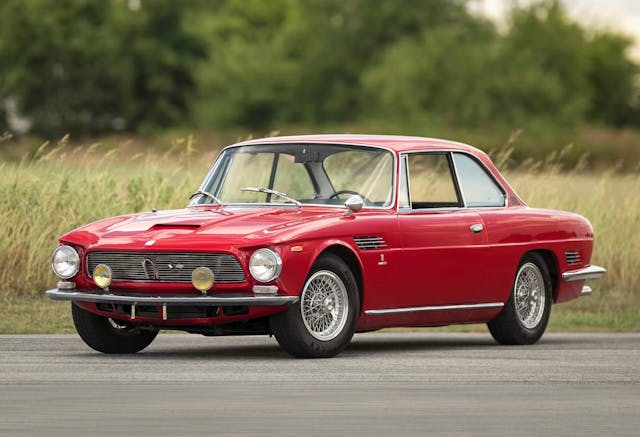
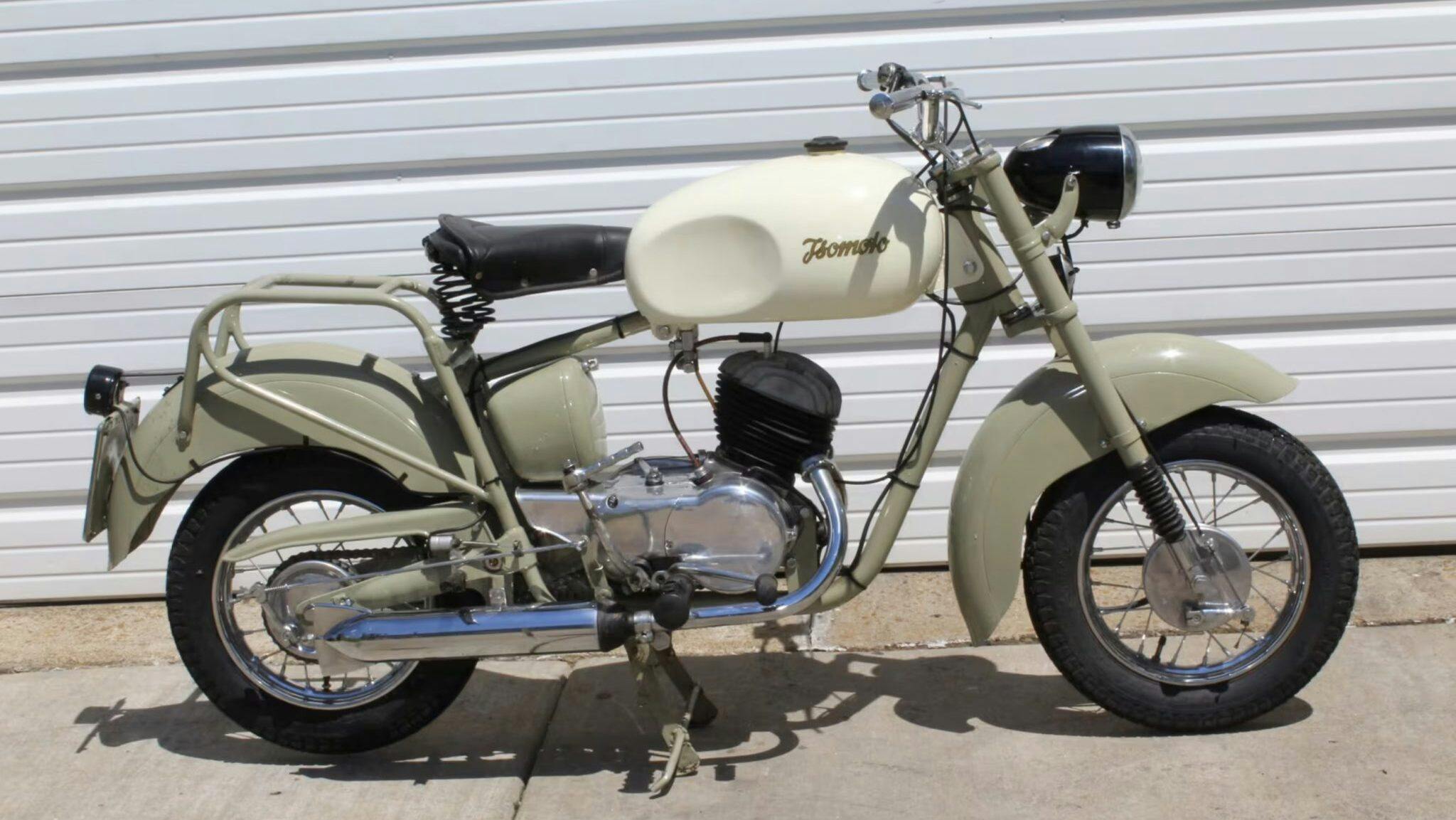

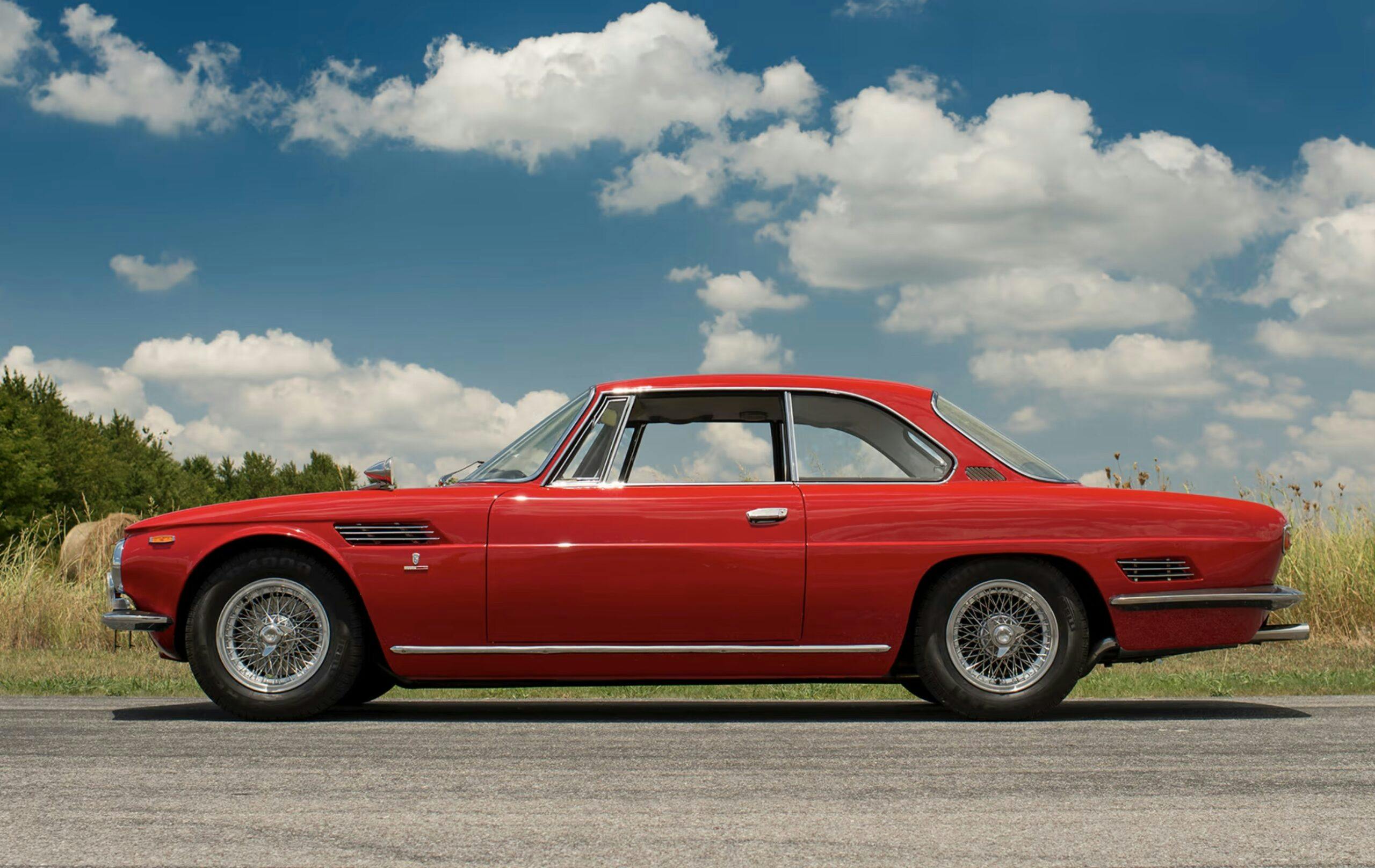

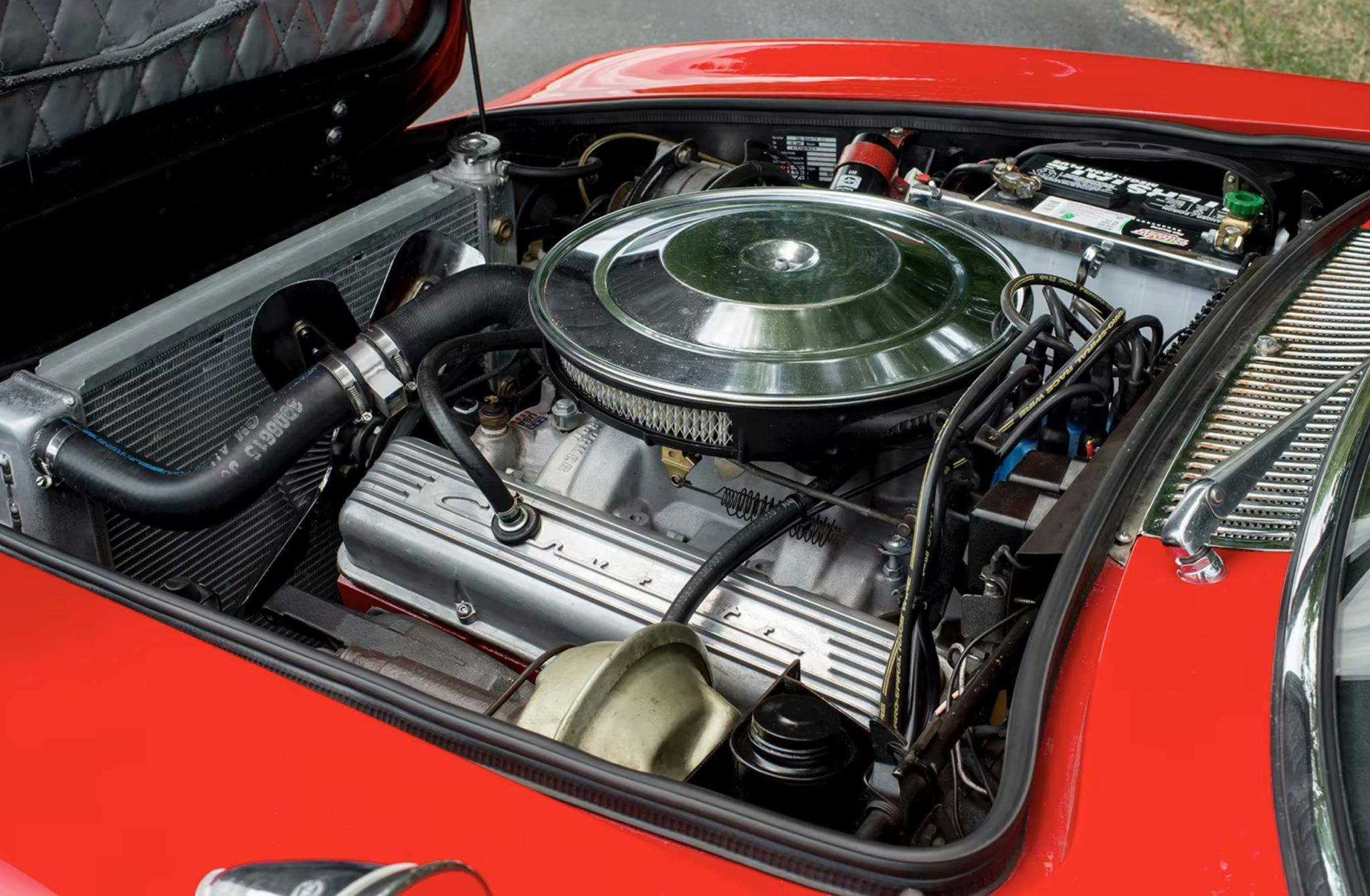

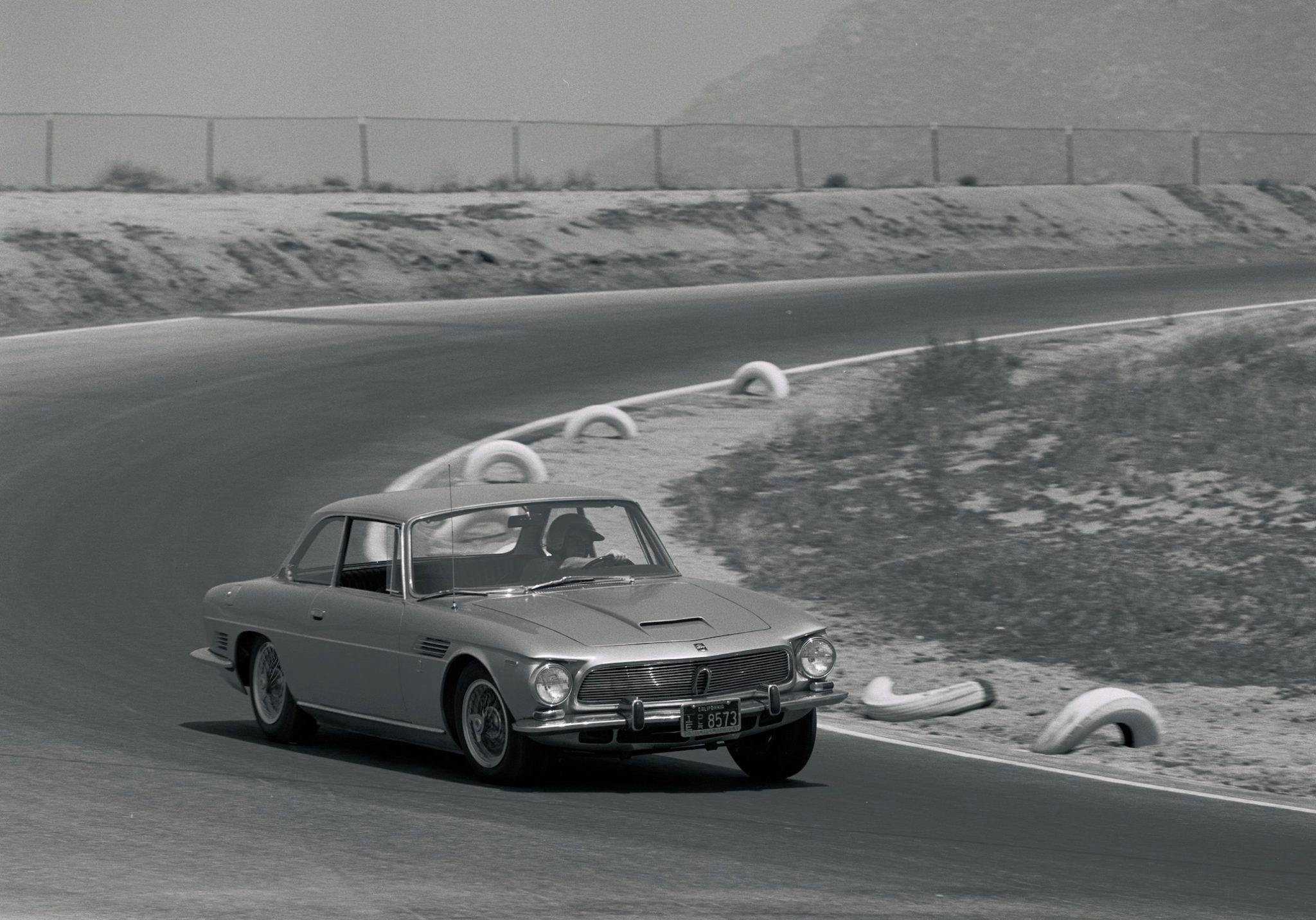
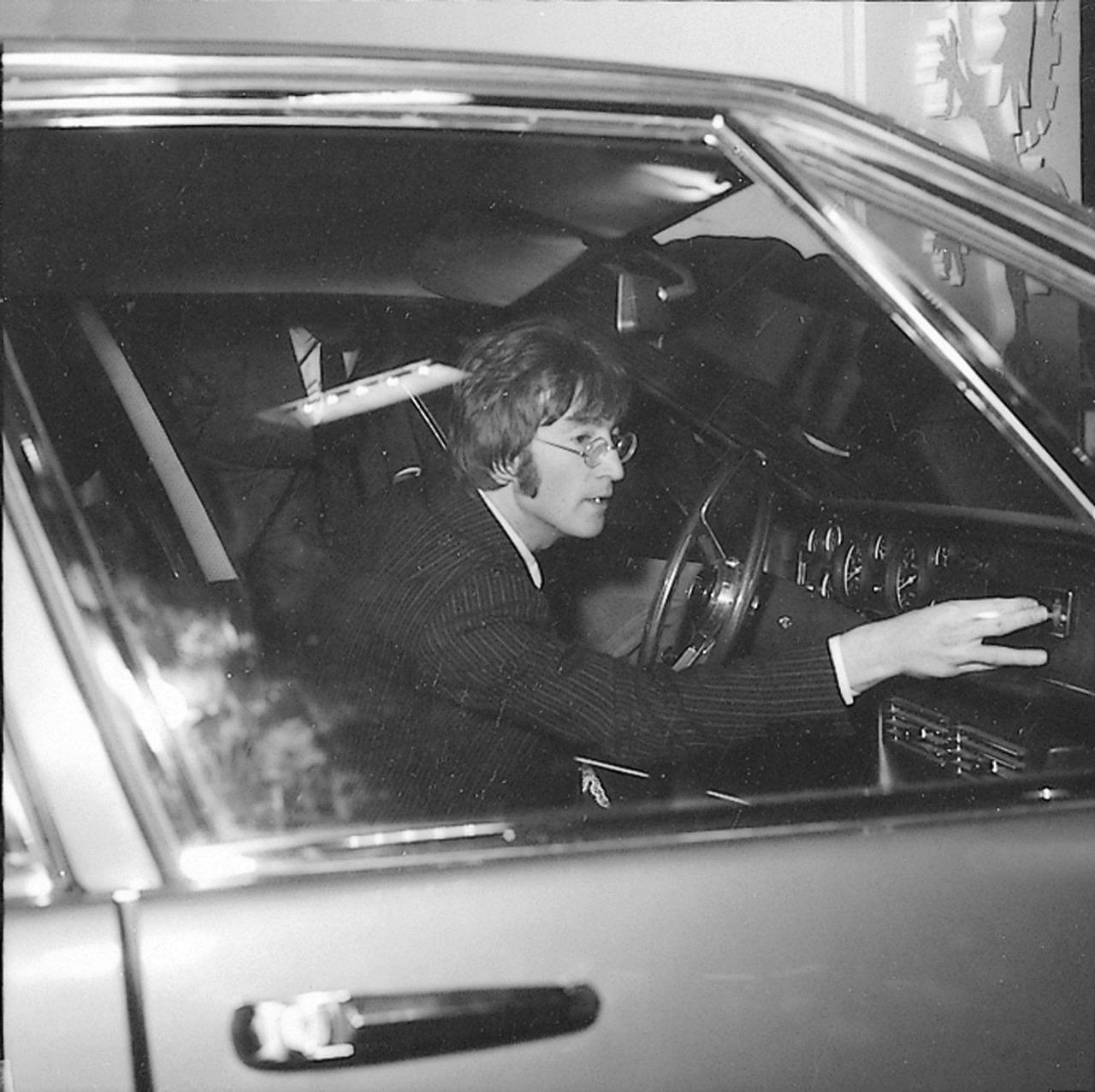
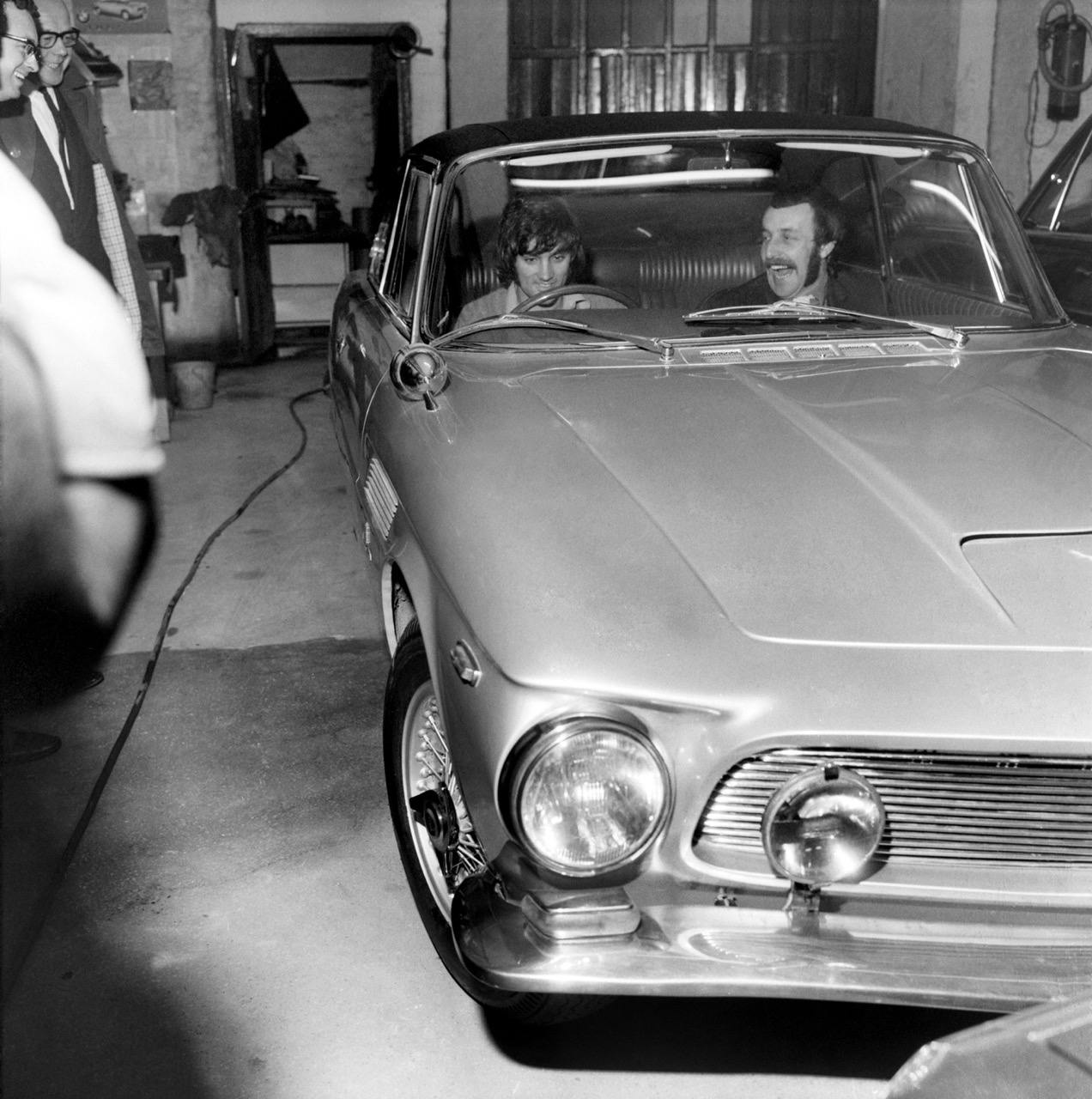
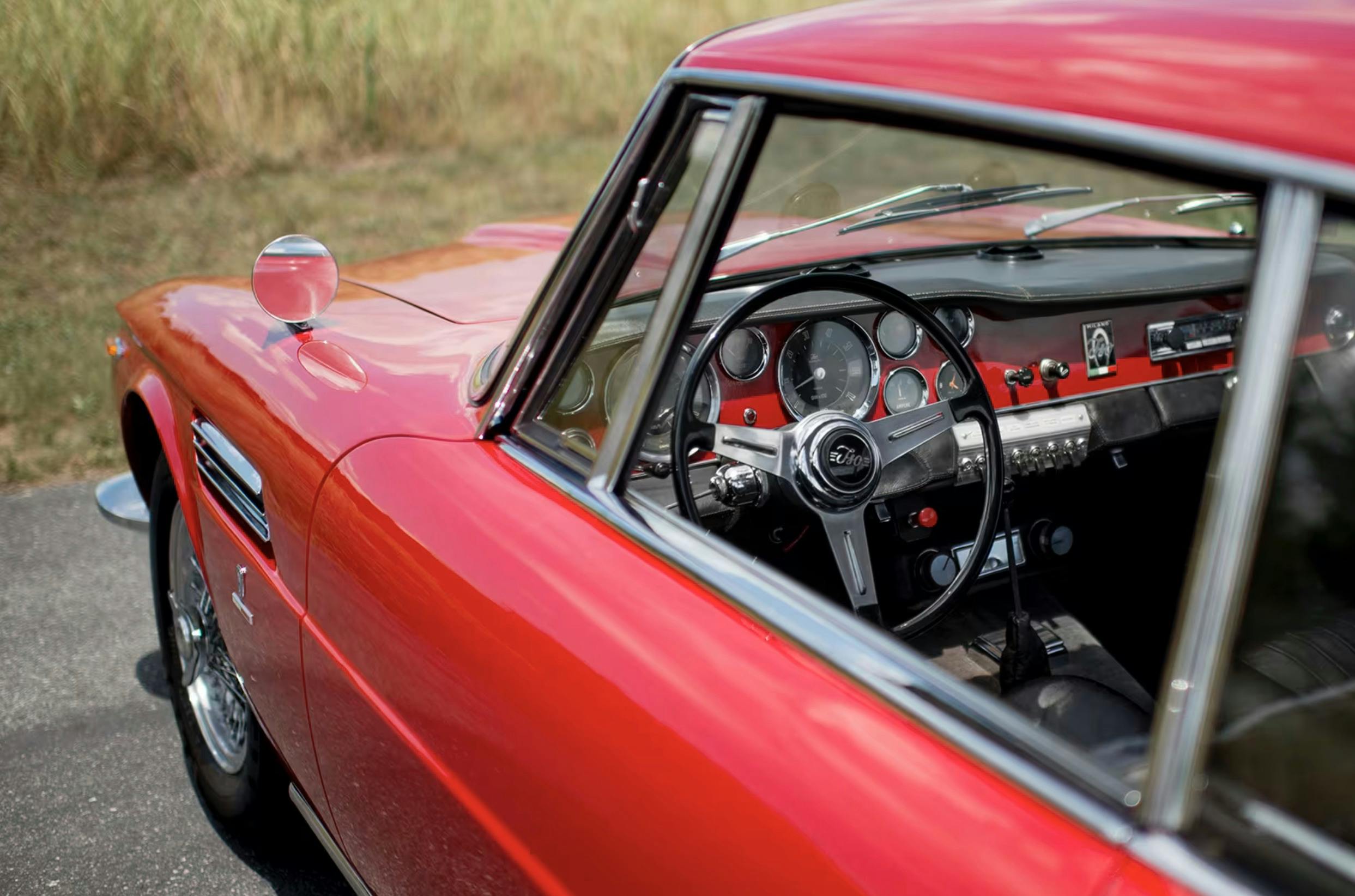
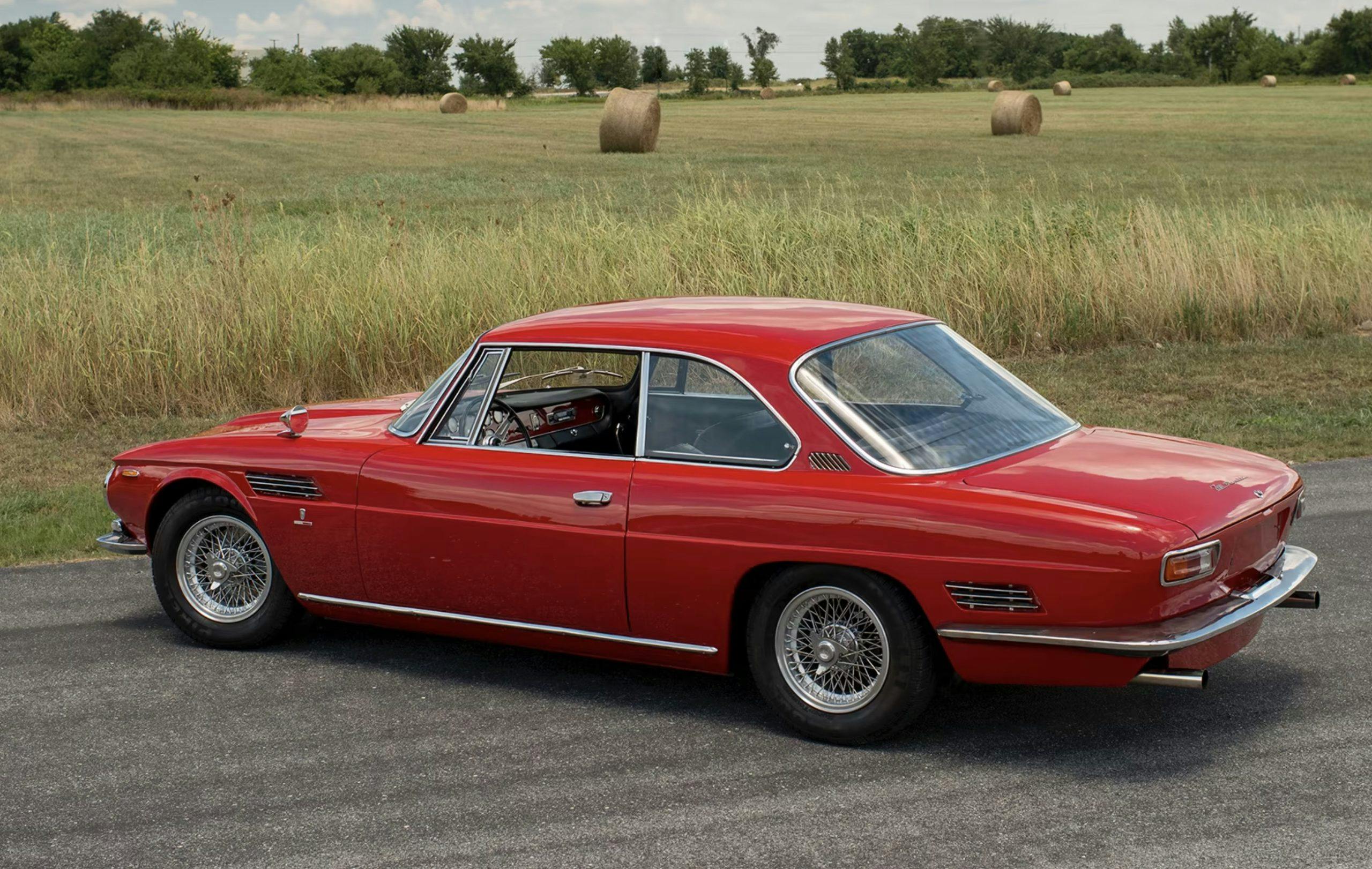
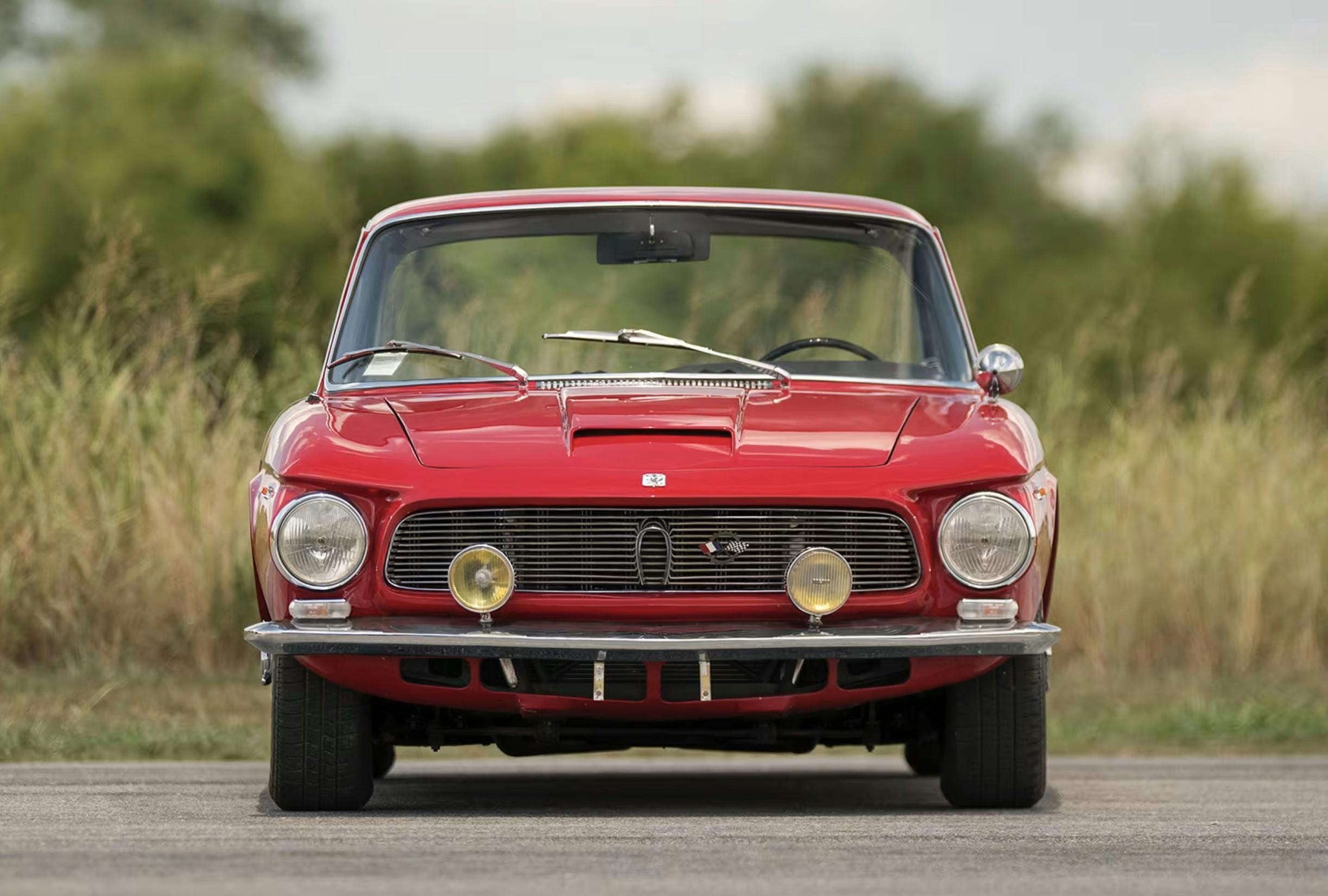
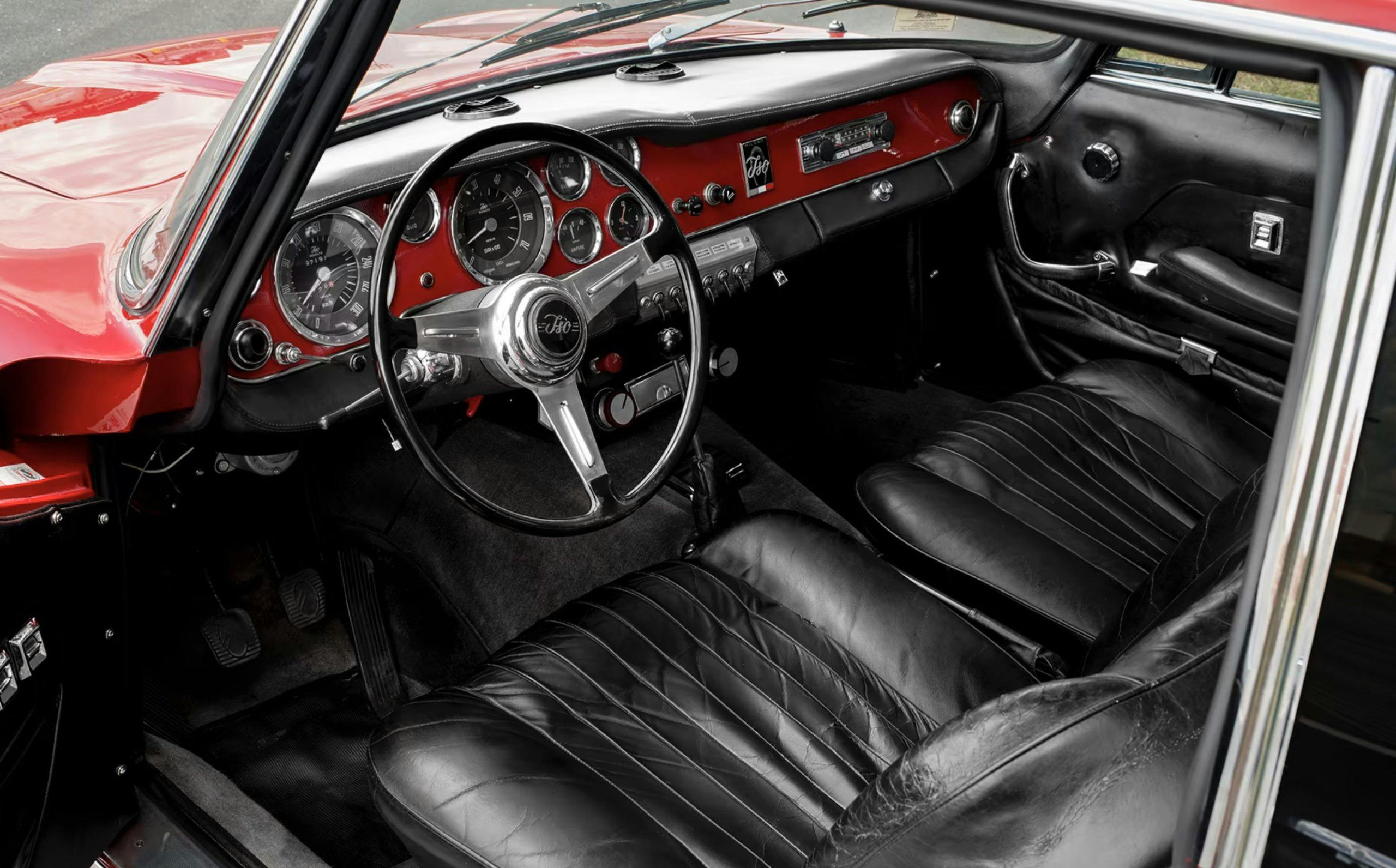


















I read the whole article but still don’t know what the problem was. Are you talking about the car or marketing?
Exactly!
What went wrong?
While waiting for the school bus in the morning, I’d see my English teacher being driven to work in a silver one. Why she had an affair with another teacher made no sense to me.
I see the problem, it looks like someone cut about a foot and a half out of the beltline for an early 60s Rambler American.
So, the problem was the cost?? Seems like a pretty good deal to me, considering the competition.
Beautiful car.
Nice looking car. Gorgeous interior.